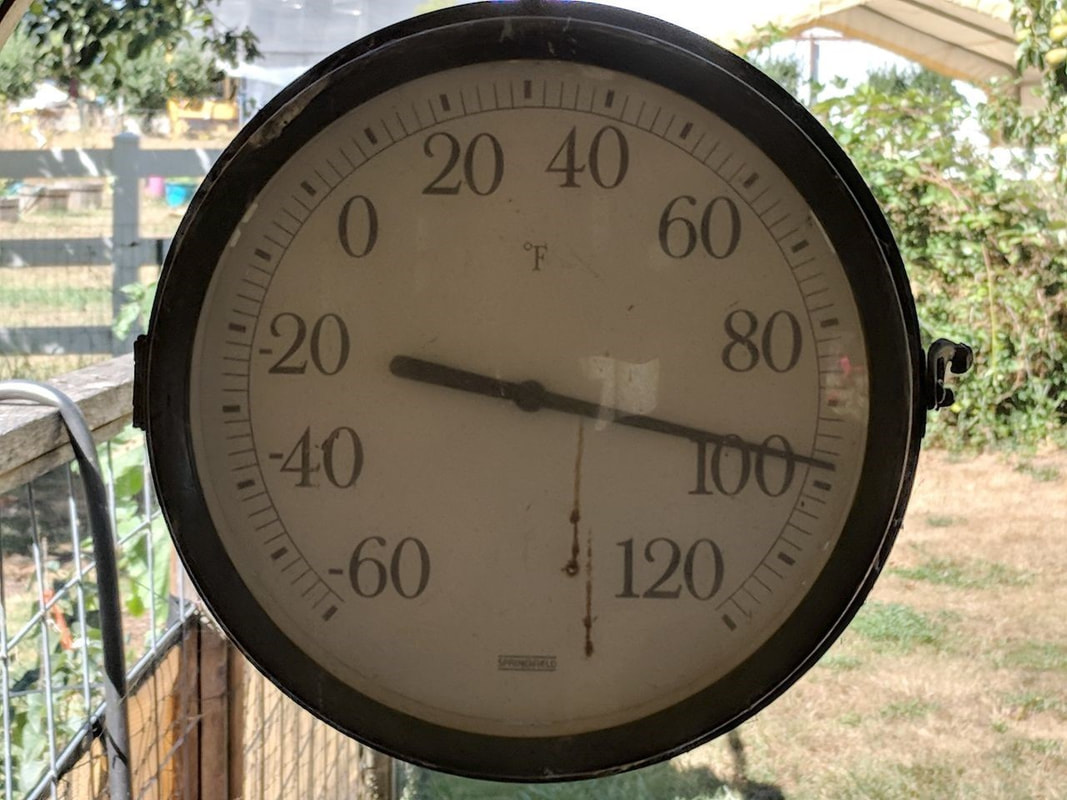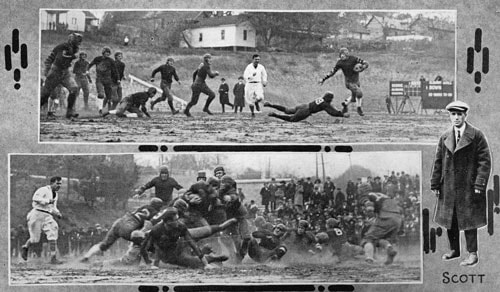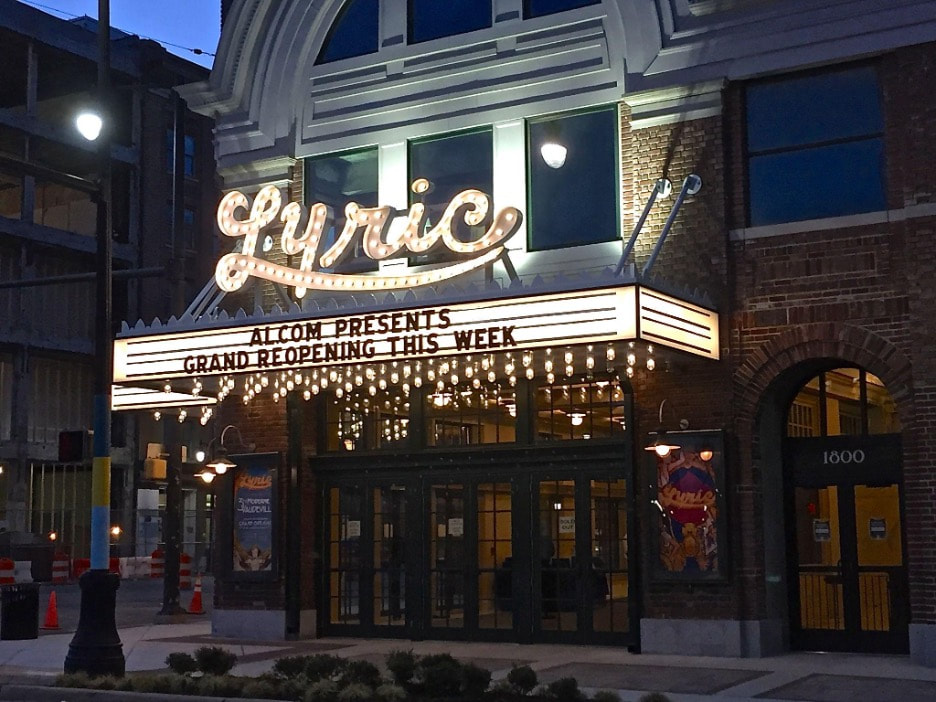|
Alabama weather can be quite volatile and brutal, especially during the summer heat. A temperature of 84°F with humidity of 100 percent can make the heat index 104 degrees, leading to outdoor activities becoming dangerous due to strenuous heat. With heat like that the air can be like walking into a wall.
The love and tradition of college football runs deep in Alabama, but many are unaware of how this cherished sport became an integral part of the state’s culture. William Gray Little, known as the father of Alabama football, organized what became the Crimson Tide after enrolling at The University of Alabama in 1892. A Livingston, Alabama, native, he hoped to attend an Ivy League college but returned to Alabama with “a pair of cleats, a leather football, and tales of the new sport that had captured the imagination of the Northeast and Middle West.” Little’s intuition was correct, for Alabama has been known for its love of football ever since the first Alabama-Auburn game played in Lakeview Park, Birmingham, in February 1893.
Though the Alabama Theatre is often heralded for its beauty, its counterpart The Lyric holds a sense of opulence all its own. With its ornate gold detailing and Grecian murals, the oldest theatre in Birmingham has made a remarkable comeback. The theatre opened its doors in 1914 and was originally designed for vaudeville shows, an entertainment form largely lost to time. It hosted many big names of that era, including the Marx Brothers, Mae West, and Milton Berle. It was in its time the image of modernism: though still segregated, the Lyric was one of the few places where white and black people could enjoy live entertainment together for the same price. The theatre would remain a popular stop along the vaudeville circuit until the early 1930s, when the Great Depression hit. The Depression, film's rising popularity, mismanagement, and a revolving door of owners would ultimately lead to this landmark’s downfall. In the end, the Lyric couldn’t keep up with the fast-paced modern culture that had grown up around it.
![On the left shows the original Tutwiler dormitory, and on the right shows the new dorm being built. The new Tutwiler is official housing students as of Fall 2022. [Photo/The University of Alabama]Picture](/uploads/2/3/9/9/23999508/2105030-mw-031-tutwiller-construction_orig.jpg) On the left shows the original Tutwiler dormitory, and on the right shows the new dorm being built. The new Tutwiler is official housing students as of Fall 2022. [Photo/The University of Alabama] On the left shows the original Tutwiler dormitory, and on the right shows the new dorm being built. The new Tutwiler is official housing students as of Fall 2022. [Photo/The University of Alabama] At 7 a.m. on July 4, 2022, Tuscaloosa was jolted awake by a sudden rumble followed by a loud bang and multiple explosions repeating one after the next. But it wasn’t fireworks. Instead, it was a controlled implosion of Julia Tutwiler Hall, an all-girls dormitory at the University of Alabama. Spectators watched the thirteen-floor tower as explosives inside went off, till finally the building fell to the ground, sending a plume of white dust into the air and leaving nothing behind but a pile of crumbled bricks and twisted metal. Around 675 pounds of dynamite was needed to bring the building down in twenty seconds. |
Alabama Heritage BLOG
At Alabama Heritage, we owe many of our successes and smooth operations to our fabulous student interns. We hope that with this blog--written mostly by our interns as well as history students from UAB and a few from our own editors--our readers will have an opportunity to get to know the students who bring so much to the table with their enthusiasm, hard work, and expertise! If you're interested in our internship program, check out the details here. Archives
May 2024
Categories
All
|
|



 RSS Feed
RSS Feed